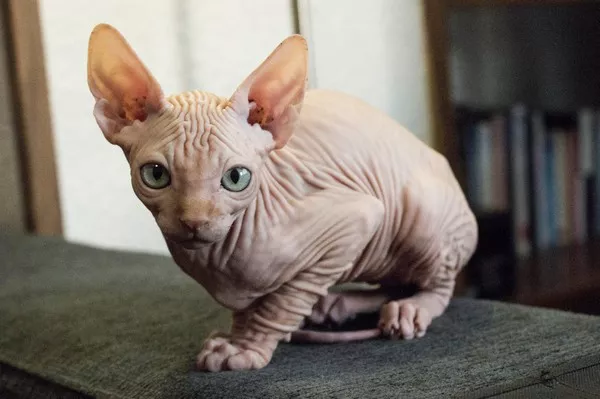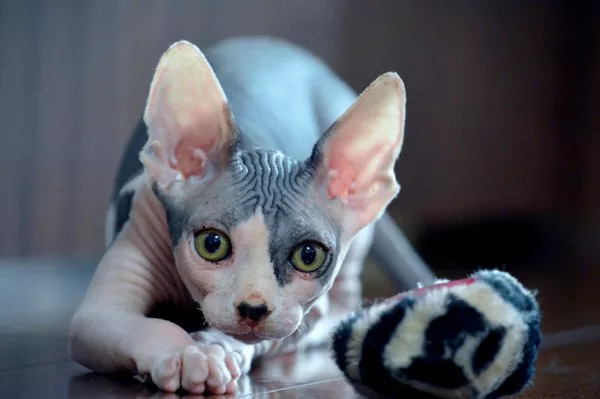Hairless cats, also known as Sphynx cats, are a unique and intriguing breed that has gained popularity among cat enthusiasts. With their lack of fur, they require special care to maintain their skin health and cleanliness. One essential aspect of their care is regular bathing. In this article, we will explore the reasons why hairless cats need baths and discuss the benefits of maintaining a proper bathing routine for these unique feline companions.
1. Natural Oils and Dirt Buildup
While hairless cats may not have a coat of fur to trap dirt and oils, their skin can still accumulate these substances over time. Just like humans, cats secrete natural oils from their skin that can mix with dust, dirt, and other environmental particles. Without regular bathing, these substances can build up on the cat’s skin, leading to skin problems such as clogged pores, acne, or irritation.
2. Hygiene and Odor Control
Maintaining proper hygiene is crucial for the overall well-being of any pet, including hairless cats. Regular baths help remove dead skin cells, excess oils, and debris that can accumulate on their bodies. By keeping their skin clean, hairless cats are less likely to develop unpleasant odors. This is especially important because without fur, any odor can be more noticeable in hairless cats compared to their furry counterparts.
3. Allergen Reduction
Contrary to popular belief, it is not the cat’s fur that triggers allergies but rather the proteins present in their saliva, urine, and dander. However, bathing hairless cats can help reduce the amount of allergens present on their skin. Regular baths can wash away the allergens from the cat’s body, making them less likely to trigger allergic reactions in sensitive individuals.
4. Sunscreen Application
One of the unique challenges faced by hairless cats is their increased susceptibility to sunburn. Without fur to protect their skin from harmful UV rays, hairless cats are prone to sunburns, which can lead to pain, discomfort, and even skin cancer. Bathing provides an opportunity for owners to apply pet-safe sunscreen on their cat’s exposed skin, providing them with crucial protection against the sun’s harmful rays.
5. Blood Circulation and Relaxation
Bathing sessions can be a relaxing experience for hairless cats. The warm water stimulates blood circulation and helps relax their muscles. This is particularly beneficial for hairless cats that may have joint or muscle issues. Additionally, baths create opportunities for owners to bond with their feline companions and provide a positive and soothing experience for both parties involved.
6. Exfoliation and Moisturization
Hairless cats have sensitive skin that requires extra care. Bathing can help exfoliate their skin by removing dead skin cells and promoting healthy cell turnover. Regular exfoliation can prevent the buildup of dry, flaky skin and promote a smoother and healthier skin texture. Moreover, bathing also provides an opportunity to moisturize the skin with specially formulated products, preventing dryness and maintaining optimal skin health.
7. Ear Cleaning
Along with regular baths, hairless cats require attention to their ears. Their ear canals can accumulate wax, debris, and dirt, which can lead to infections if not addressed. During bath time, owners can gently clean the cat’s ears using a veterinarian-approved ear cleaning solution and cotton balls. This routine maintenance helps prevent ear problems and ensures the cat’s overall well-being.
Conclusion
In conclusion, regular bathing is an essential aspect of caring for hairless cats. It helps maintain their skin health, control odor, reduce allergens, protect against sunburn, improve blood circulation, exfoliate and moisturize their skin, as well as address ear hygiene. By incorporating a proper bathing routine into their care regimen, owners can ensure that their hairless cats lead happy, healthy lives. Remember to consult with a veterinarian for specific bathing recommendations and to use cat-friendly grooming products.
























